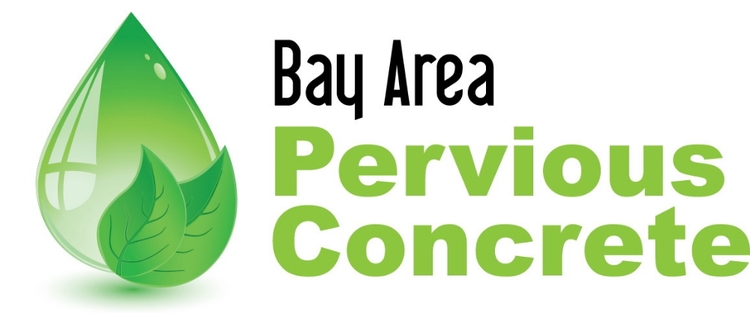Over the past few weeks we have seen the internet explode with interest over the recently announced Topmix Permeable concrete from Tarmac Lafarge in the UK. People are marveling over concrete that allows water to not only go through it, and back into the ground, but at an incredible rate. The video we featured on our last blog post is impressive and demonstrated just how fast. We were excited to see so much interest in pervious concrete by so many different people. However, we did notice some discrepancies in the way that pervious concrete was discussed in some of the media outlets, and we wanted to take some time to clarify a couple things.
Some of the media outlets portrayed pervious concrete as a new product that was not available in the United States - which is false. Pervious concrete has been used for stormwater management throughout the US for over 40 years. What's different, or innovative, about Tarmac's Topmix Permeable concrete is it boasts a whopping 35% air void space, which is why it infiltrates at such a high rate. Tarmac representatives have stated in interviews that the product has some limitations on where, and when, it should be used. They are not recommending Topmix Permeable for high-traffic areas, in places where vehicles make lots of tight turns, or in places with freeze-thaw cycles, as it will eventually start breaking up the surface layer. Some media corespondents have portrayed that all pervious concrete had these limitations - which is also false. While Topmix Permeable may have these limitations, more traditional pervious concrete does not share the same limitations. In the US, mix designs have evolved and have already solved the issues of heavy traffic, weight loads, turning vehicle traffic, and freeze/thaw cycles.
Through trial and error the pervious concrete industry has discovered that 20% air void space provides the proper balance between strength, durability, and high infiltration rates. The additional bonds provided by only having 20% air voids, allows for a stronger, longer-lasting material, with just as much infiltration capacity to mitigate all of a site's stormwater.
Pervious Concrete Has Been Supporting Heavy Loads, Tire Abrasion and Freeze-Thaw Cycles for Years

